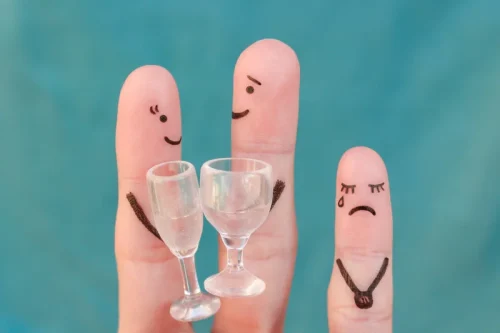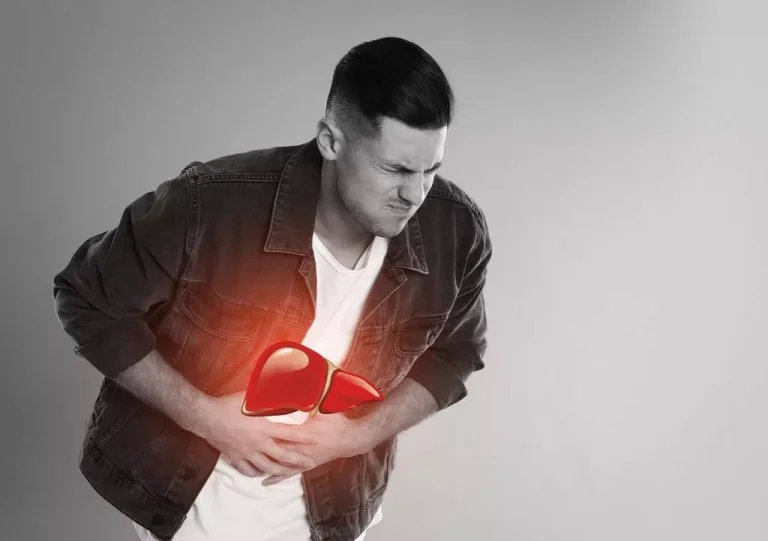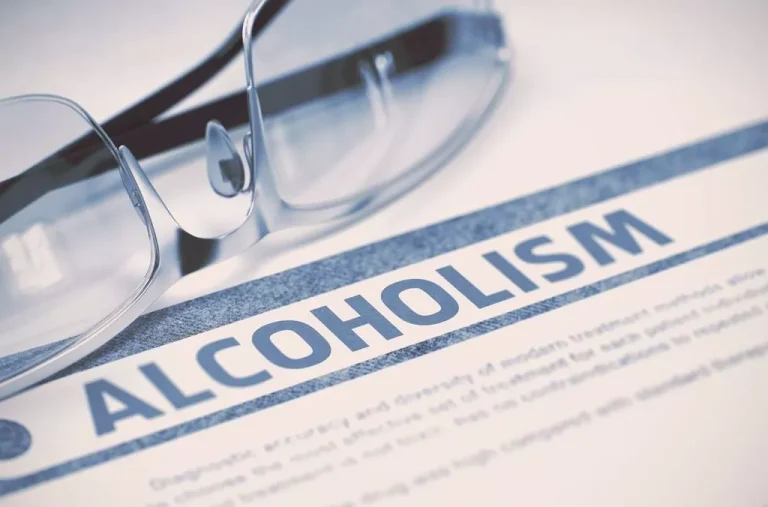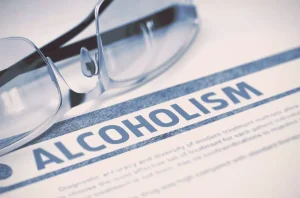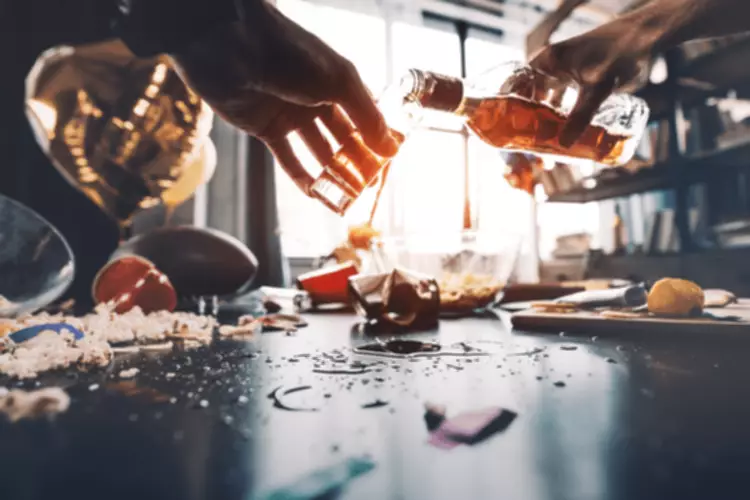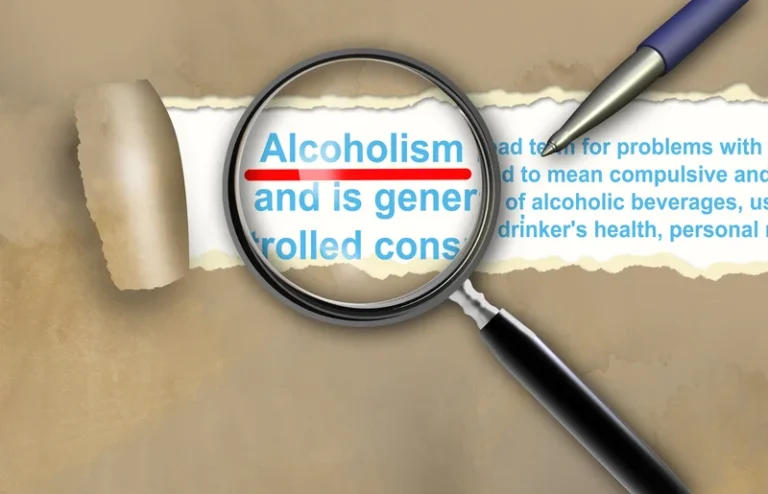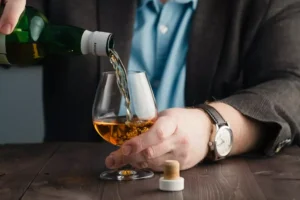There are other options for those who do not respond to lifestyle changes and medication. The drug Botox can be injected into the bladder muscle causing the bladder to relax, increasing its storage capacity, and reducing episodes of leakage. There’s a broader term called urodynamics that includes tests such as cystometry, uroflowmetry, urethral pressure and others. This is a rare condition that causes your body to make a lot of urine that is “insipid,” or colorless and odorless. Damage to nerves that supply the bladder can lead to problems with bladder function, including frequent and sudden urges to urinate. An enlarged prostate can press against the urethra (the tube that carries urine out the body) and block the flow of urine.
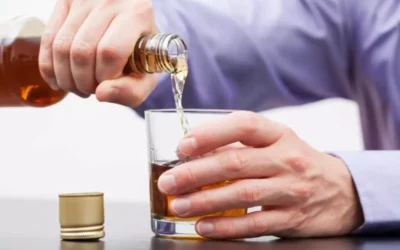
How Your Body Processes Alcohol
The bladder begins to contract even when it contains small amounts of urine, causing more frequent urination. If you are planning to pass a urine test for alcohol, make sure to use those high-quality options on tests available. Some employers use instant kits in conducting random, pre-employment and post-accident test kits.
How to Clean Up After Rodents Healthy Pets, Healthy People CDC – CDC
How to Clean Up After Rodents Healthy Pets, Healthy People CDC.
Posted: Wed, 11 Jan 2023 20:59:04 GMT [source]
Individual Determinants of Alcohol Detection in Urine

The exact time of alcohol retention in your system cannot be determined as it may vary as per the factors discussed above. Moreover, if you take two alcoholic beverages in a heavy or binge event, the drug might stay in your body for 12 hours. There are chances that your body might metabolize alcohol within 2 to 4 hours of intake.
Can you get rid of ethyl glucuronide with water flushing?
- However, the organ can only metabolize a little at a time, leaving the excess to circulate throughout your body.
- For more accurate results, experts say to wait until after you’ve missed a period, which is usually about 14 days after conception.
- However, you can start educating yourself about alcohol and its effects if you want to learn and understand how to flush alcohol out of your system.
- The drink will get into your blood, and the blood will carry the drug metabolites to all the body parts.
- Heavy drinking can eliminate vitamins and minerals from the body, which can lead to a hangover.
- Many people ask if there is a way to flush alcohol out of their system faster.
This may be a struggle for any average human, but doable with determination in mind. Too much alcohol content every day may make it challenging for the liver to break down alcohol. You may want to limit your intake of alcohol to about once in a period of three days. While your overall goal is to pass a urine test for alcohol, limiting your alcohol intake may actually do your body good. After drinking, alcohol will generally remain in urine for 10 to 12 hours on average.
How Do You Know When You’re Drunk?
The legal implications of urine alcohol testing are significant, particularly in the context of driving under the influence (DUI) cases and probation monitoring. Urine alcohol tests are a common method used by law enforcement and legal systems to determine if an individual has consumed alcohol and is in violation of legal restrictions. For instance, in DUI cases, a positive urine test can be a critical piece of evidence leading to prosecution. Similarly, for individuals on probation, urine tests are often required to ensure compliance with court-ordered abstinence from alcohol.
- And because everyone metabolizes alcohol at their own rate, some people will take longer to clear it than others.
- You’ve finally decided that you’re too old to drink or have realized that your body can no longer handle alcohol.
- Factors such as age, gender, weight, and health conditions can significantly affect metabolic rates, thus altering the presence of alcohol in urine.
- However, an average human will struggle to drink that amount of water per day.
- Alcohol misuse and addiction can influence how long it takes to process alcohol in your system.
It’s also important to note that heroin can generally be detected much longer in the systems of long-term, heavy users. This is because excessive use causes the drug to be stored in fatty tissues that take much longer to be flushed out than substances that are merely in the blood and other bodily fluids. Darifenacin is specifically for people who wake up more than how to flush alcohol from urine twice a night to urinate. Alcohol tests have become a requirement in several organizations in the country. Drug and Alcohol tests have become mandatory in many organizations in the United States. It could be better if you avoid taking alcohol regularly to feel safe and confident during your alcohol drug test rather than looking for alternatives to flush it.
Rate of Drinking
If you take a drug test capable of screening for alcohol metabolites, this can detect alcohol use for up to 48 hours. Regardless of how fast your body absorbs alcohol, it eliminates it at the average rate of 0.016 BAC per hour. Nothing you do will speed up the elimination process, including drinking coffee, drinking water, taking a shower, or even vomiting. The metabolism of alcohol has been studied in detail, but many factors determine how long alcohol shows up on a drug test and takes to be eliminated from your body. Depending on the type of test used as well as your age, body mass, genetics, sex, and overall health, alcohol is detectable from 10 hours to 90 days. The choice of the test often depends on factors like the immediacy of results, the detection window, and the test’s purpose, such as workplace monitoring or legal investigations.
- Alcohol can be detected in sweat, urine and the breath for at least as long as the liver is breaking down alcohol.
- Even hours after your blood alcohol content is at 0, alcohol can still be detected in a urine test.
- The body generally eliminates 0.015 grams of alcohol per deciliter of blood each hour.
- For instance, the transportation industry has specific regulations for random alcohol testing to protect public safety.
- EtG and EtS tests are particularly valuable due to their extended detection windows.
Treatment for Frequent Urination
However, more sensitive tests, such as Ethyl Glucuronide (EtG) and Ethyl Sulfate (EtS) tests, extend this window, detecting alcohol intake for a considerably longer period. Aside from 5-panel urine tests, some organizations use drug test strips to detect the presence of alcohol in the body within 12 to 24 hours. At times, drug detection may be extended up to a period of 72 hours. This may be affected based on factors such as frequency, consumption, sex, age and weight. Your body absorbs alcohol more slowly when you have food in your stomach. Those who drink on an empty stomach will feel the effects of alcohol more quickly.





